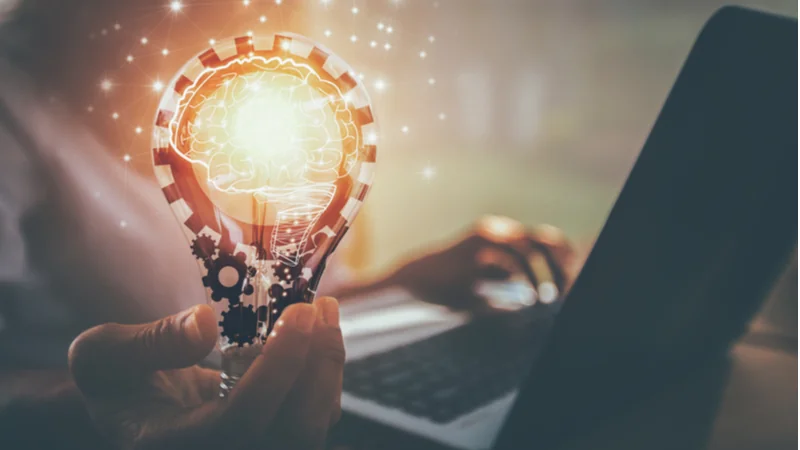How IP NFTs Can Be Used in Longevity Research
A non-fungible token (NFT) can represent any digital or physical item. NFTs have been used to represent artwork, music, in-game assets, and even intellectual property; they could even be used to record a diploma or store medical data and patient records.
The difference between a cryptocurrency and an NFT is that a currency is a divisible, fungible asset; any one Bitcoin is equal to any other Bitcoin. On the other hand, non-fungibility means that any one NFT is distinct from any other NFT.
You can learn more about NFTs and how they work in our related topic.
What is an Intellectual Property (IP) NFT?
Intellectual property (IP) is something that is created by the human mind. The term encompasses things like art, music, designs, and research. Generally speaking, IP assets are protected by national and international law in the form of trademarks, patents, and copyrights, which define the terms of its ownership and usage.
IP NFTs theoretically work similarly to regular IP assets; the only difference is that the sale is handled cryptographically. The details of the digital asset (NFT) are stored in the blockchain using a smart contract, a piece of code that defines the terms of the sale and the rights related to the NFT.
However, like any asset, it’s not that straightforward.
Challenges of NFTs
At the moment, NFTs, in general, tend to fall into a legal gap. They are not yet regulated, although this may be set to change in the near future as cryptocurrency regulation develops worldwide.
In 2017, Belarus was one of the first countries worldwide to introduce regulation for cryptocurrencies. Meanwhile, Canada took the lead in approving a Bitcoin exchange-traded fund (ETF), while the EU is in the process of introducing new licensing requirements.
So, what challenges does this present for IP NFT holders?
- Ownership of the underlying asset: It’s essential to define precisely what is being transferred when an NFT is traded. This may mean full ownership of the asset for any use, ownership of a digital copy, or something else entirely. NFT purchasers should always requires a check of who owns the underlying asset.
- Holding the NFT: how is the digital asset held, or what form does the purchase take? The buyer may receive a physical copy of the item, for example, a document containing the IP, access to a digital file, or simply a statement of ownership.
- Licensing and usage of the NFT: smart contracts define how the NFT can be used, whether for personal use or commercial. This is why it’s always important to check the fine print.
- Monetization of the IP NFT: How IP NFTs can be used and monetized relates to who owns the underlying asset, who receives royalties, and who has a right to monetize the asset.
In the absence of regulation, NFT owners can be exposed to risk that relates to copyright infringement or patent laws. Anyone seeking to purchase NFTs should carefully consider the contract’s conditions to understand the restrictions and obligations involved. For example, when purchasing a piece of NFT art, the buyer may be able to display it for personal use but not for public use or monetization.
IP NFTs in longevity research
As NFTs and their regulation continue to develop, their usage is also increasing in new and interesting ways. For example, one organization, VitaDAO, is already taking steps to harness the power of IP NFTs to aid with its work on longevity science. Research funded by the decentralized autonomous organization (DAO) is converted into an intellectual property NFT, which allows the organization to monetize it to support future research.
In general, such types of IP NFTs can help to create sustainability in non-profit and DAO-based organizations, allowing them to:
- Create global solutions to problems: As DAOs and NFTs are decentralized, a specific geographic location isn’t defined for IP NFTs. This means a broader contribution base for problem solving, and it makes more research available worldwide. It may also target such areas as data censorship. However, there is not enough data on this to date.
- Move away from centralized research and decision-making: Unlike traditional scientific research, IP NFTs, such as VitaDAO’s, can be the result of decentralized funding and decision-making that meets the needs of the people funding them.
- New funding method: For many researchers, getting funding and ensuring project sustainability is a huge challenge. IP NFTs can be used as a monetization method for experimental research. Similar to traditional financing, a smart contract can be written to include specific terms and conditions, similar to aid conditionality in traditional funding to maintain responsibility between parties.
Summary
IP NFTs offer the potential for researchers to further their research and monetize their work. They can be used by non-governmental organizations (NGOs) and DAOs to amplify the effects of their efforts and promote long-term sustainability. As cryptocurrency and, by extension, NFT regulation develops, this will bring clarity to IP NFTs and help better define them under the law.




